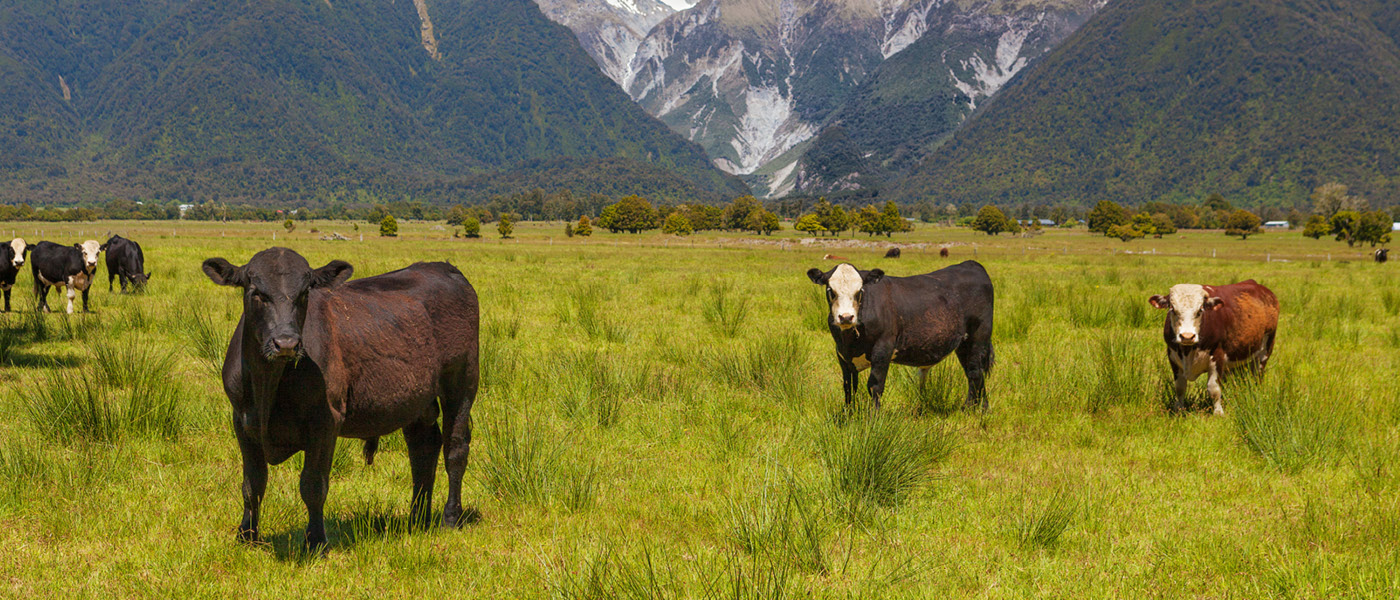
Resistance to worm drenches is a well recognised issue in the sheep industry, but it is also starting to become more common amongst mobs of dairy heifer replacements in their first season’s grazing. Unfortunately, New Zealand leads the world in the occurrence of drench resistance amongst cattle parasites. Although there are a lot of factors involved (eg underdosing, blanket use of single active drenches, month-after-month treatment), using the same irrigated rearing blocks year after year and grazing from no other stock classes all magnify this issue. As sheep farmers have learnt, it is much easier to slow resistance than to live with it on your farm. Paradoxically, the more we rely on drench alone, the greater the chances resistance will develop. What other techniques can we use to control parasites?
o Grazing down into the base of the sward where most of the parasite eggs are found.
o Grazing close to dung patches, where again, most of the parasites are found.
TST can be applied in several ways depending on the time of year and on-farm risks and goals. The aim is to leave some parasites unexposed to drench and lower the selective pressure for drench resistance. In any mob of calves, only some carry a significant worm burden needing treatment. Studies indicate that up to 80% of the mob will not benefit from worming. However, though identifying the target 20% is difficult, there are some strategies that will reduce drench use with minimal risk of compromised growth.
In a recent Vetlife trial on four dairy farms across south, mid, and north Canterbury, we looked at the practicalities of using TST. One group of calves was wormed every month all through their first season, but calves in the other groups were only wormed when their growth rates fell below pre-set targets. There was no difference
between the blanket-treated and the TST groups in the proportion of animals hitting target weight at mating (80%), although TST calves tended to weigh 10kg less than blankettreated calves at mating. So, there can be some reduction in absolute growth rate when using TST, but on these calves this did not make a difference to the proportion hitting target – and the TST group used only half as much drench over the season.
The trial showed that wormers do work, but there are options to use less wormer and still get good results. Knowing which, how many and how often to drench is highly farm and season dependent. It will also depend on the farm’s wider goals, criteria for optimum performance and sustainability. Like most things, it depends where you are sitting as to how you see the options: but options there are. A good place to start is a conversation with your Vetlife veterinarian about how and if TST could reduce resistance on your farm.
Andrew Bates: with grateful thanks to the farmers and Vetlife colleagues who were involved with this trial